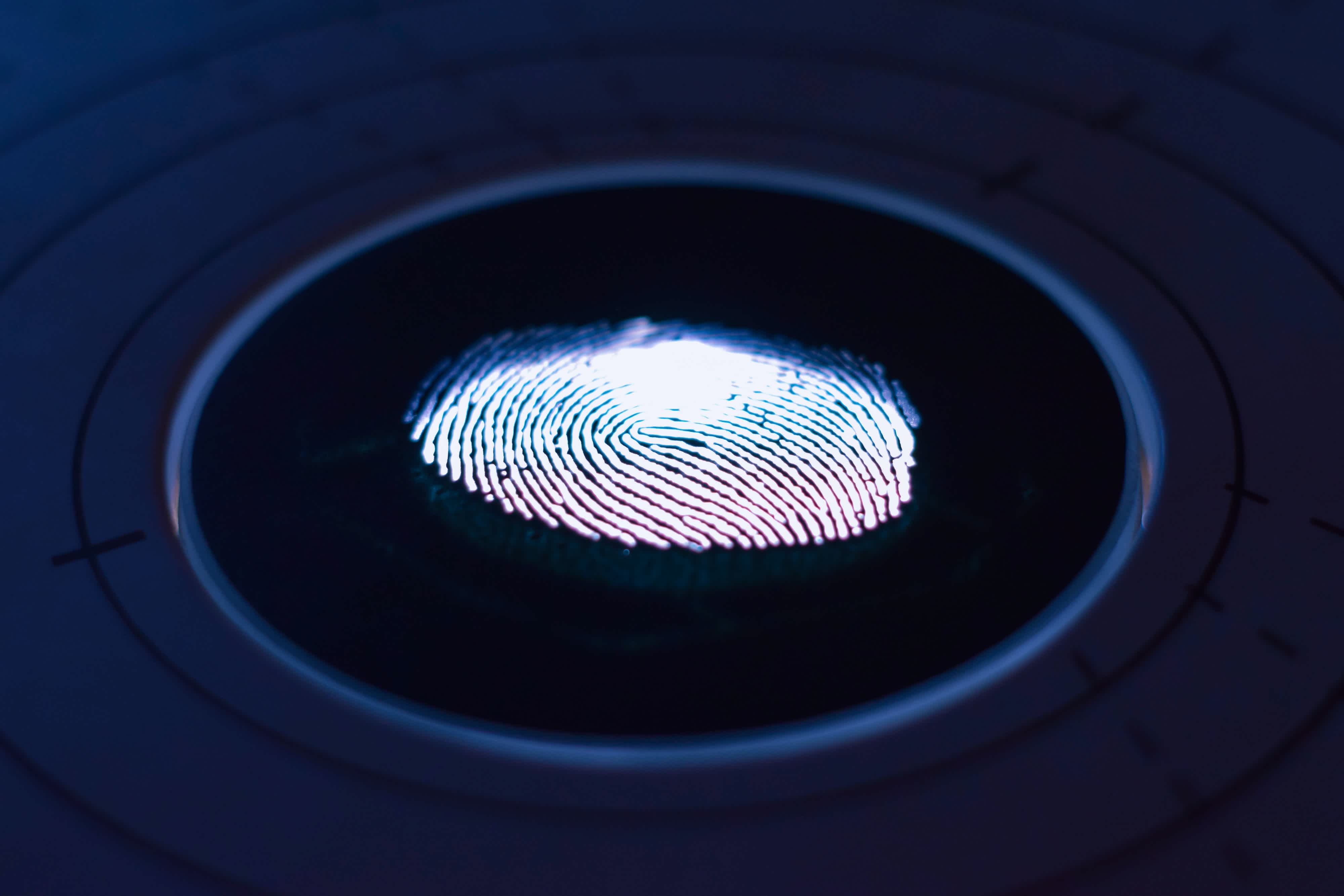Biometric Evolution: The Role of Fingerprint Authentication In Identity Management
ByJulian Gette
Workast publisher

Workast publisher
The world is increasingly becoming digital in almost all its activities. Given the volume of sensitive data stored in the online space, the demand for effective security solutions is incredibly high. Organizations, companies, and even individuals are in search of effective security methods.
And this is one of the reasons that drove the emergence of biometric authentication methods. Fingerprint biometrics is one of the most effective ways to stay safe online, and in this piece, you’ll discover the effectiveness of fingerprint authentication in identity management.
Biometric authentication is an improvement on the traditional authentication methods, which involve the use of passwords, tokens, and the like. It involves the use of specific biological or behavioral traits to confirm a user’s identity.
These traits such as facial features, voice recognition, fingerprints, and the like are quite difficult to replicate and steal. This makes it far more secure than the traditional authentication methods.
Biometric authentication is way ahead of traditional authentication methods and it is quite suitable for modern security systems. Here are ways it contributes to ensuring digital security.
Unlike traditional authentication methods, biometric authentication offers high-level accuracy in checking for user fingerprints, facial features, and voice recognition. Its false rejection rates (FRRs) are typically 0.001%.
This means the likelihood of a user being falsely rejected or accepted is incredibly low. And this is exactly what modern security systems need to function optimally.
Every user possesses distinct characteristics such as facial features, fingerprints, and voices. This uniqueness makes it difficult for cyber-criminals to hack or gain unauthorized access to user accounts.
This is one of the ways it remedies the drawbacks of traditional authentication systems.
The biometric authentication offers user convenience. Unlike the traditional authentication methods that involve entering passwords and even password memorization, biometrics makes it quite easy. All you have to do is use your finger, your eyes, or your face.
It’s that simple.
The biometric authentication offers fingerprint, voice recognition, and facial recognition. These 3 security solutions can be combined to strengthen any digital security system. This creates layers of security for organizations, companies, and even individuals.
Cyber-attackers are getting craftier and tech-savvy by the day and the best way to keep all their criminal attacks at bay is to have extra layers of digital protection. This way, modern security systems function optimally.
Given the widespread adoption of biometric authentication, it has found its way into diverse sectors including:
The biometric authentication methods are now integrated into smartphones, laptops, and tablets. This helps users protect their information in unique ways.
Many companies and organizations are now deploying biometric authentication methods to control access to their buildings, secure specific sensitive places, and prevent unauthorized entry. This ensures only professionals are allowed access.
Biometric authentication is especially used in banking apps and authorizing financial transactions. Given how sensitive banking information is, the biometric security system is quite suitable for such financial situations.
Law enforcement investigators heavily depend on biometric authentication methods to identify suspects with matching fingerprints, facial features obtained from crime scenes, and the like.
Fingerprint authentication truly revolutionized identity management as it changed the way users were being verified. Here are the areas of identity management it transformed.
The fingerprint authentication changed the way users were being authenticated and this raised the bar a bit higher in digital security. Biological and behavioral traits were better to use than mere passwords that could be easily guessed, stolen, and gotten through some other criminal means.
Fingerprint authentication is quite a continuous process, allowing the system to constantly monitor and verify user identity. Such a real-time security solution ensures there are no forms of unauthorized access to a user account.
The liveness detection technique is a feature of the fingerprint that ensures the finger used for verification is a live one. This strengthens the security of the fingerprint authentication system.
As much as fingerprint authentication offers user convenience, affordability, and ease of use, it won’t be ideal to just depend on it alone and ignore the other biometric authentication methods.
Multimodal security systems are much better and that’s why combining fingerprint, facial recognition, and voice recognition security systems is the ideal security measure. This way, organizations, companies, and global bodies have extra layers of security, keeping them safer.
You don’t have to choose. Just use them all. Many tech devices now have fingerprint sensors, facial recognition features, and voice recognition features. This is the way to play the security game.
Biometric authentication methods are among the ideal security solutions available today. Unlike traditional authentication, these security methods offer suitable security measures as they are in sync with modern technology.
